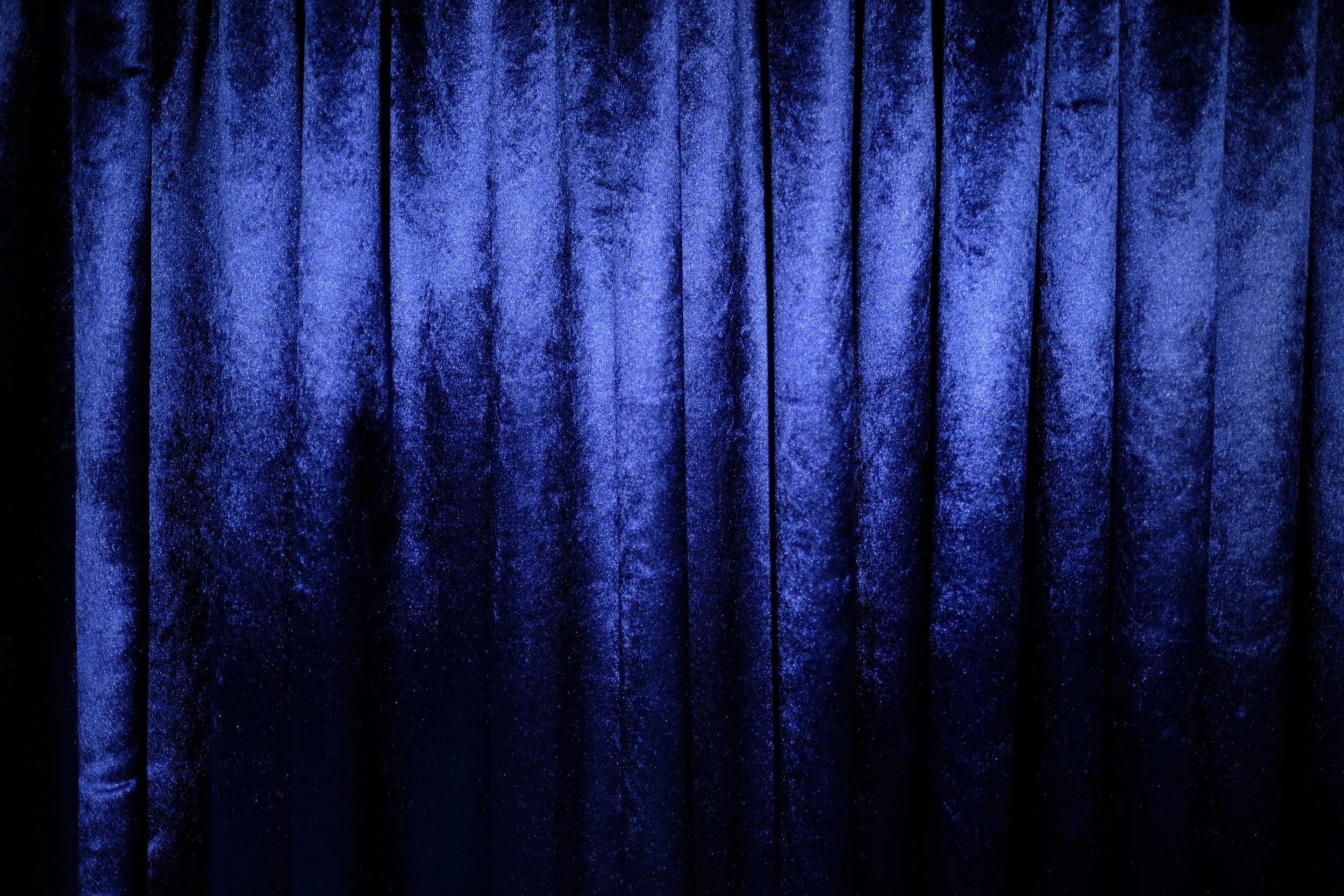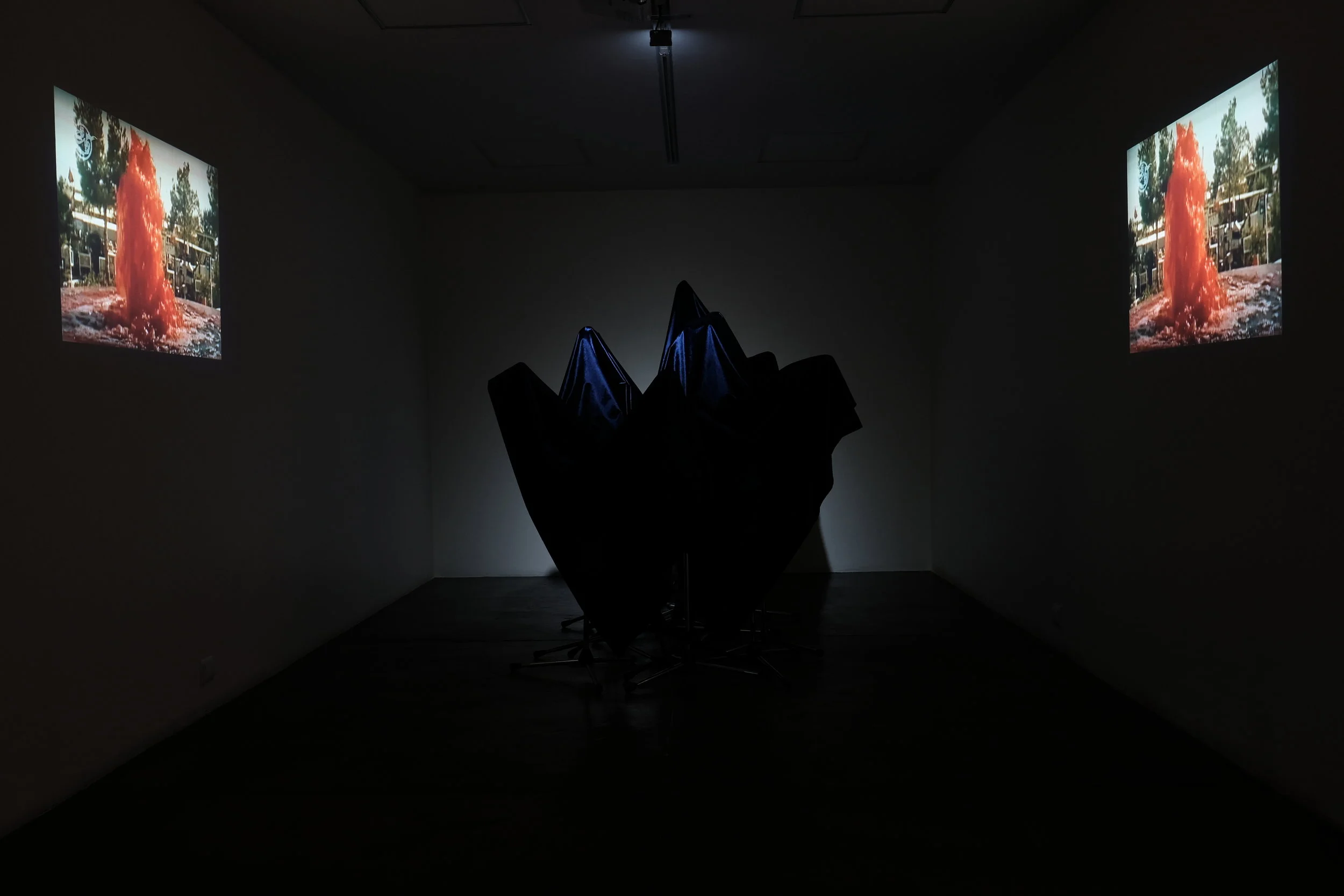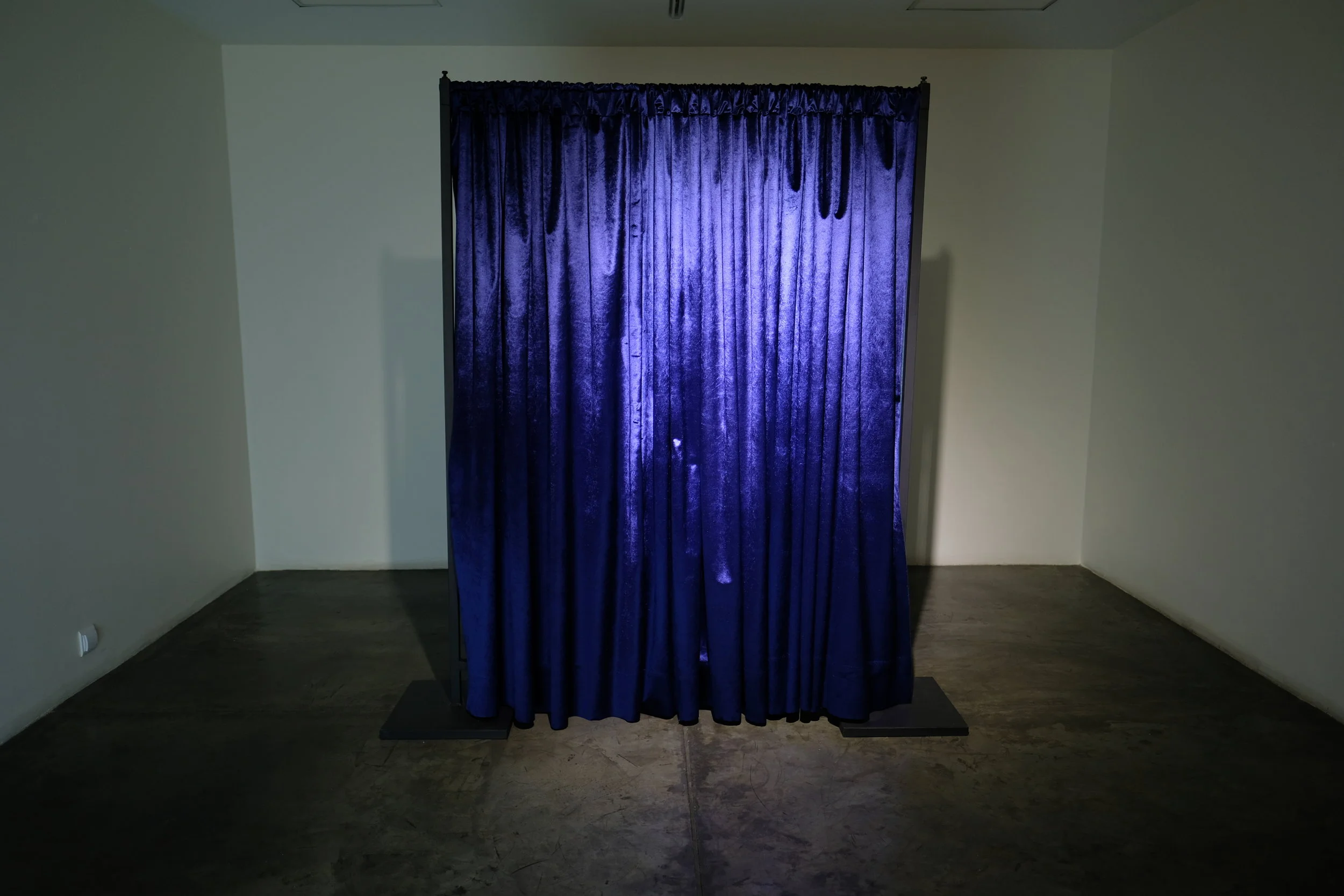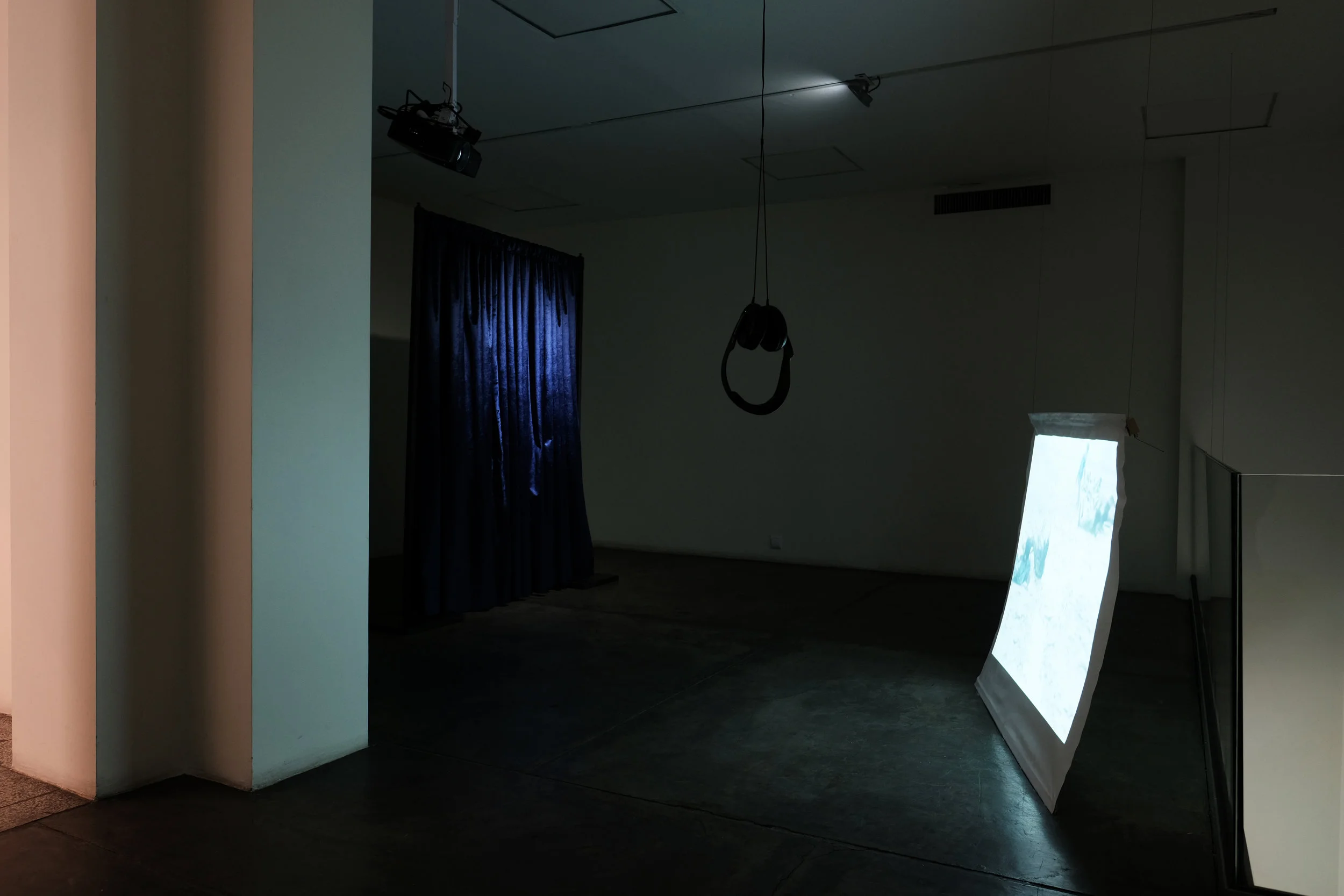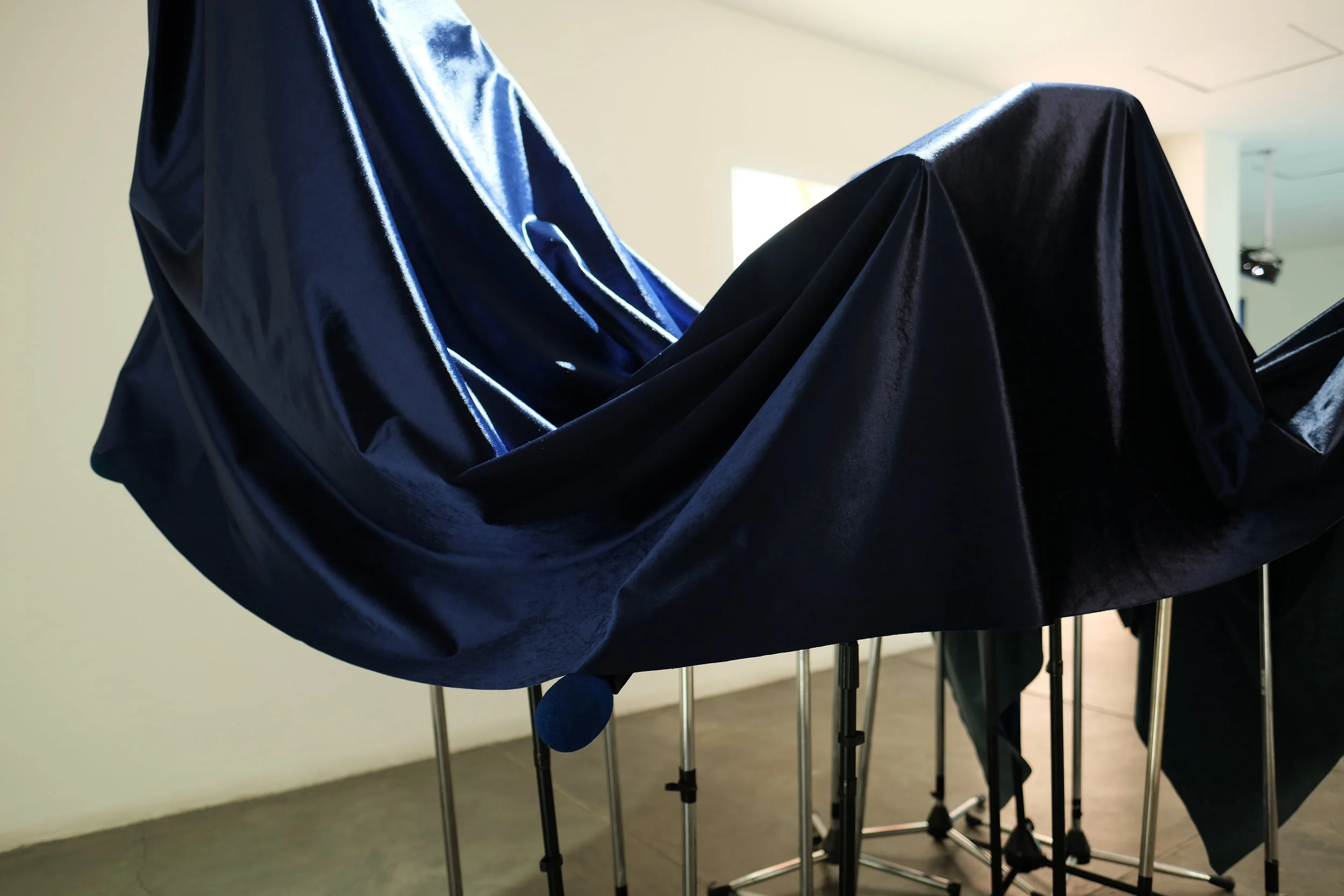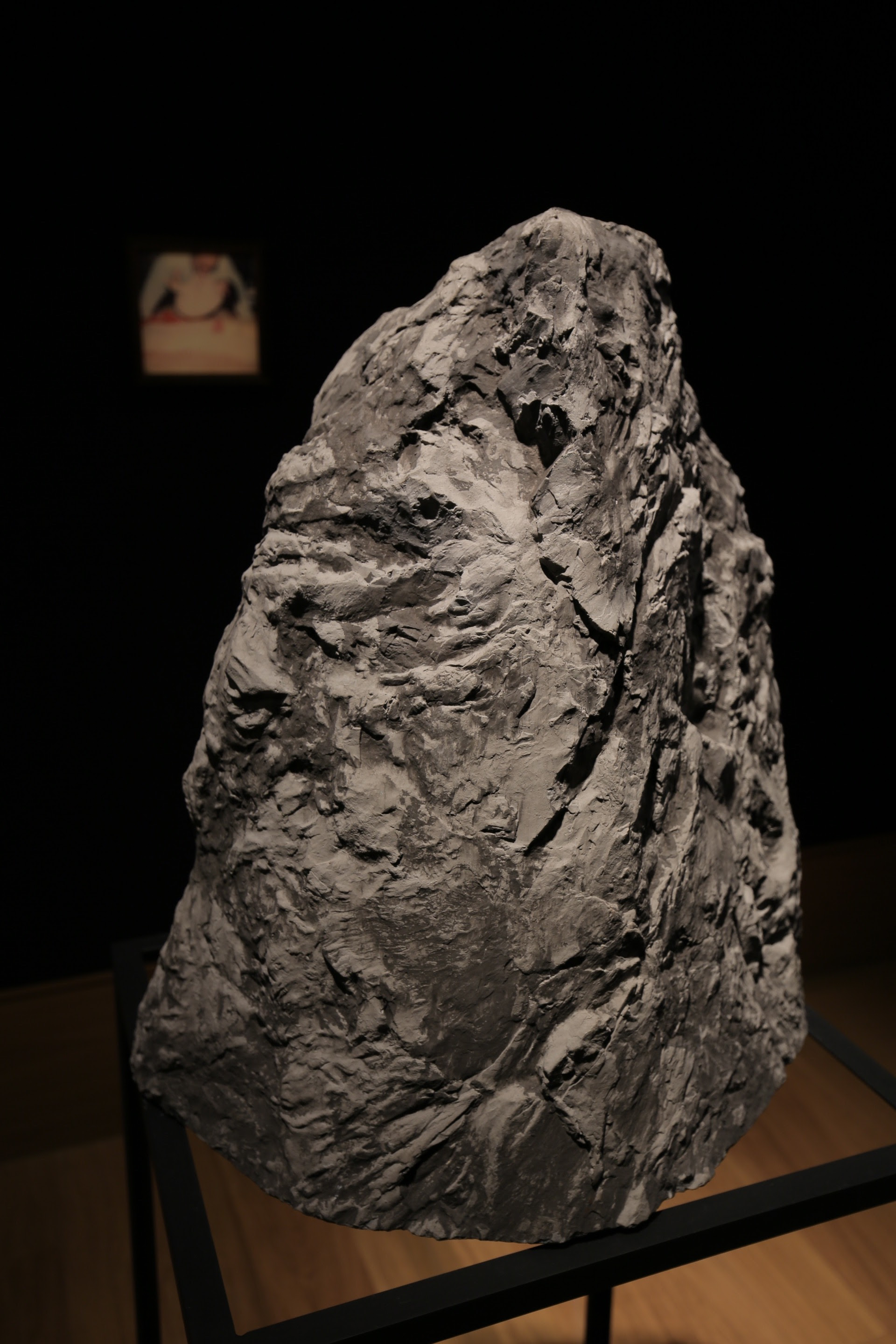2022
GAK (Gesellschaft für Aktuelle Kunst), Bremen, Germany
transparent broken glass sticker, metal, milk bucket, milk, fake blood, LED panel, transparent glass paper, metal water tap, a4 paper.
Text written by Noëlle BuAbbud
As you start working sheep it is important to make sure they follow you, the Shepard. Otherwise your cause is lost. Or maybe it isn’t. The Shepard has a way out–– a special door, just for you. You can opt out of the way of the guillotine.
It’s quite a thing to stand on one side of the viewing glass and believe you are actually, in fact, outside. To see yourself as separate from this circulation of events, say crisis, say what is happening right now, is to see yourself as standing on this side of the glass, shielded. It is all a staging, a set up: the protests, the demonstrations, the moments of collective refusal. Except when it isn’t. Here, they sleep outside for climate justice while their taxes go to support one of the global leaders in weapons manufacturing and exports. There, they bring a flock of sheep to slaughter before the eyes of government officials, demanding their labor rights, while the clean water runs dry and so does the milk. Here, they point a finger with a stately pomp at corruption over there, then send their foundations and NGOs as saviors. There, they resist. Here, resistance is rendered benign. There, they wage an asymmetrical battle against corruption, proxy invasions and collapse. Here, it is only in preparation for what is to come, a dress rehearsal. It is the same as there but at a safe distance on this side of the glass. It’s like setting the dining table even though it will not host any guests in the near future. Except the future is a horizon which has already approached, and we are late to the party.
Crisis calls the wolves forth. It has been noted that sheep will sometimes take on the characteristics of wolves when placed under duress.
Photos © Jiwoo Park






